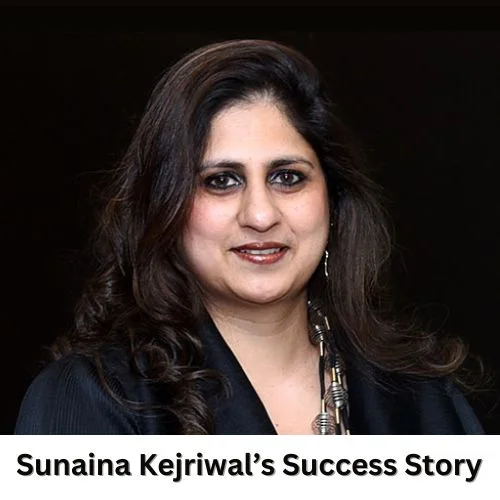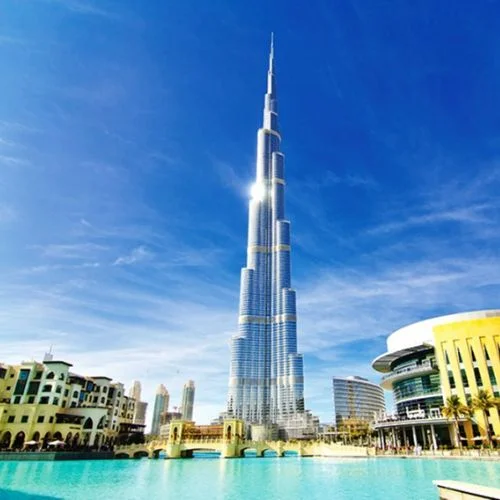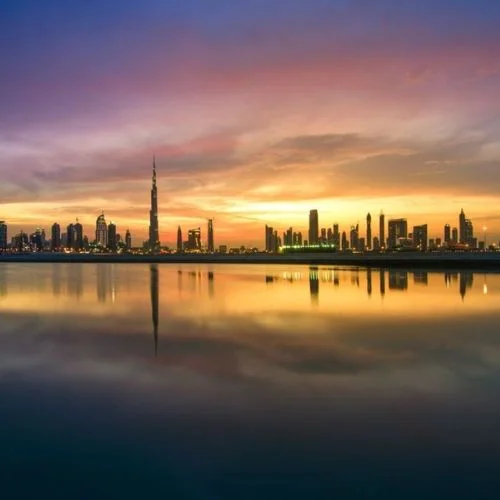For the past years, India’s foreign investments were denied due to the huge indebtedness by conglomerate companies and international banks but the situation has recovered and new capabilities are being strengthened.
India, the world’s fifth-largest economy has made a remarkable appearance throughout major international events which has caught the eye of lenders to expand their lending to local corporates throughout the country. This situation has been gradually improving for the past eight years with a sign indicating a new private investment cycle.
As to economists, this international downturn will restrict the intensity of the new Indian investment cycle. The strength is now being used more accurately with moderate productive capacity and working capital. As a result, credit is driving higher demand, as stated by said Swaminathan Janakiraman, managing director at India’s largest lender, State Bank of India (SBI).
“The CAPEX that is taking place is generating financing requirements across the industry and the services sector and to a small extent there is a shift in borrowings from bonds to loans,” said Swaminathan. “Corporate credit demand has been low for too long and it is time for a pick-up.”
Across the country, the banking sector has seen a surge in increase of credibility. Which has strengthened the banking corporations by 17% which was recorded during October. Borrowing by business large and small-scale businesses recorded an all-time high of 12.6% in September approximating the highest annual growth since 2014.
“Sectors seeing strong loan demand range from infrastructure to real estate, iron, and steel, and new economy segments such as data centers and electric-vehicle makers,” said M.V. Muralikrishna, chief general manager for large corporate lending at Bank of Baroda, India’s second-largest state-owned lender. “Six months ago, the demand was mainly from the infrastructure sector, but it has now broadened out.”
“While the initial part of these investments was funded through internal accruals, borrowings from banks are rising and expected to grow further next year,” Hetal Gandhi, director for research at CRISIL Market Intelligence and Analytics.
However, rising interest rates and slowing global growth driven by China’s pandemic restrictions pose risks, or at least constraints, to the growth of these investments.
Exports in October were already lower than a year ago, and Nomura’s economists warned this week that India’s investment cycle is closely tied to the export cycle. Therefore, the current investment phase will not be strong.
Credit Suisse economists noted that the weakness is widespread. Only the electronics sector was cherished with higher exports during October.















